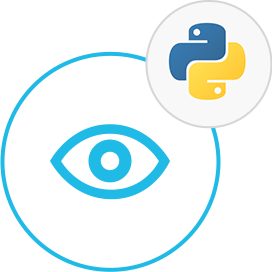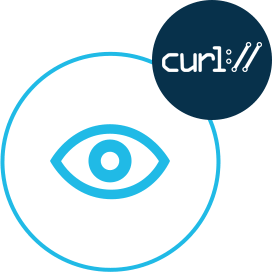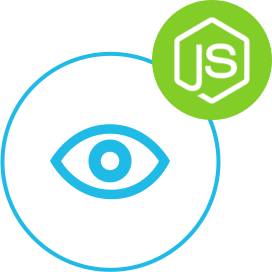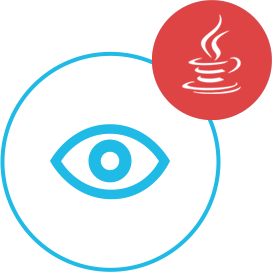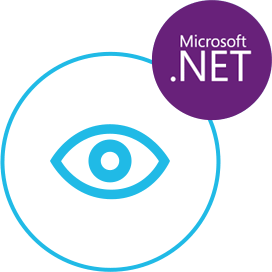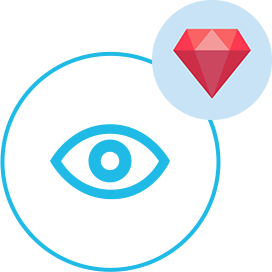View GROOVY Files on Android with GroupDocs.Viewer Cloud
GroupDocs.Viewer Cloud is a powerful document viewer tool that is accessible from any Android device. With its seamless integration and user-friendly interface, viewing documents on the go has never been easier. Whether you need to review a PDF, Word document, Excel spreadsheet, or any other file format, GroupDocs.Viewer Cloud supports a wide range of file types for your convenience.
The GROOVY format is fully supported by GroupDocs.Viewer Cloud, allowing users to effortlessly view and interact with files in this format on their Android devices. This compatibility ensures that users can access and manage GROOVY files with ease, no matter where they are. With GroupDocs.Viewer Cloud, you can trust that your documents will be displayed accurately and efficiently, providing a seamless viewing experience on your Android device.
Experience the convenience and versatility of GroupDocs.Viewer Cloud on your Android platform today. With its robust features and compatibility with various file formats, including GROOVY, you can efficiently handle all your document viewing needs on the go. Say goodbye to cumbersome document viewers - GroupDocs.Viewer Cloud offers a sleek solution for accessing and managing your files anytime, anywhere.
